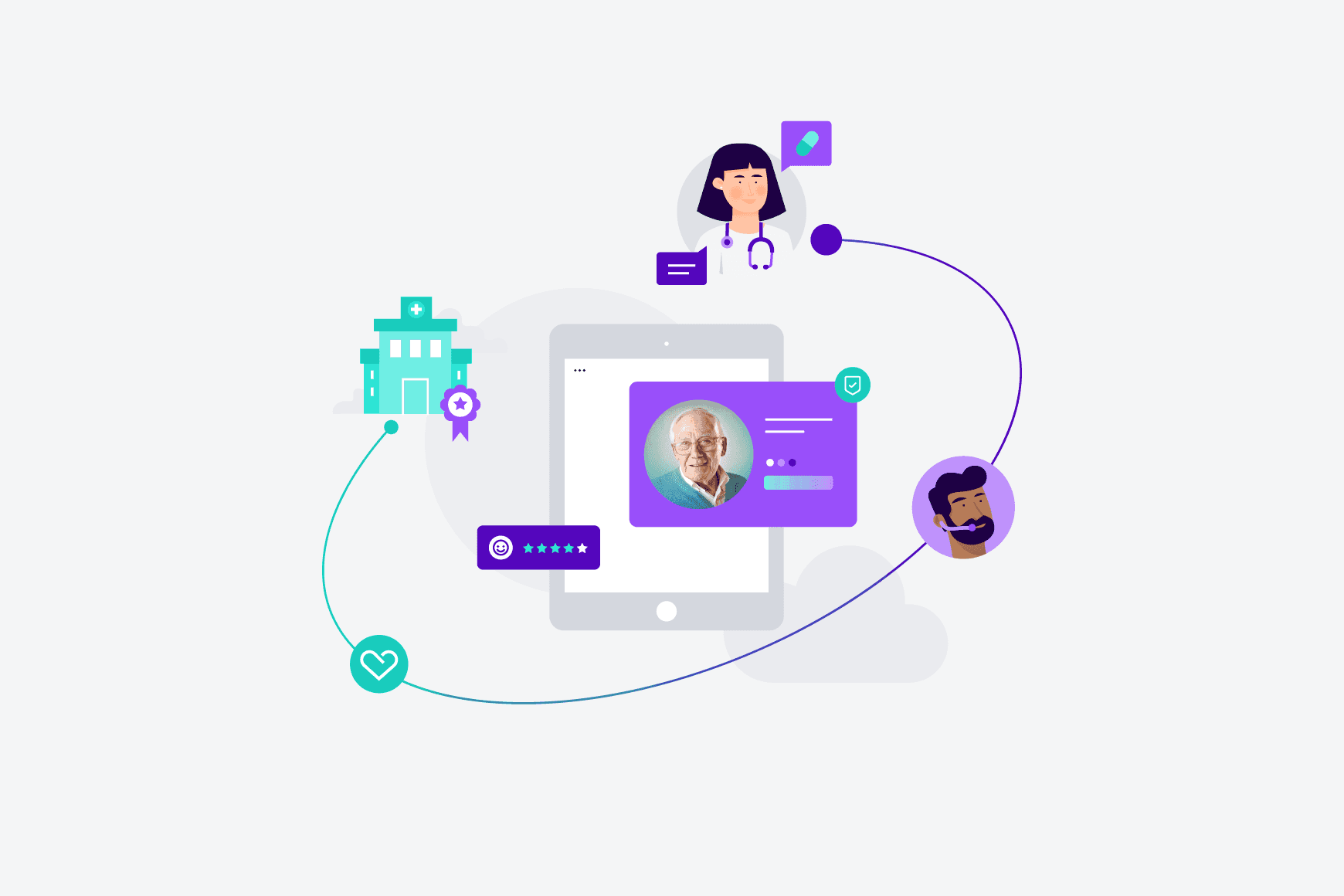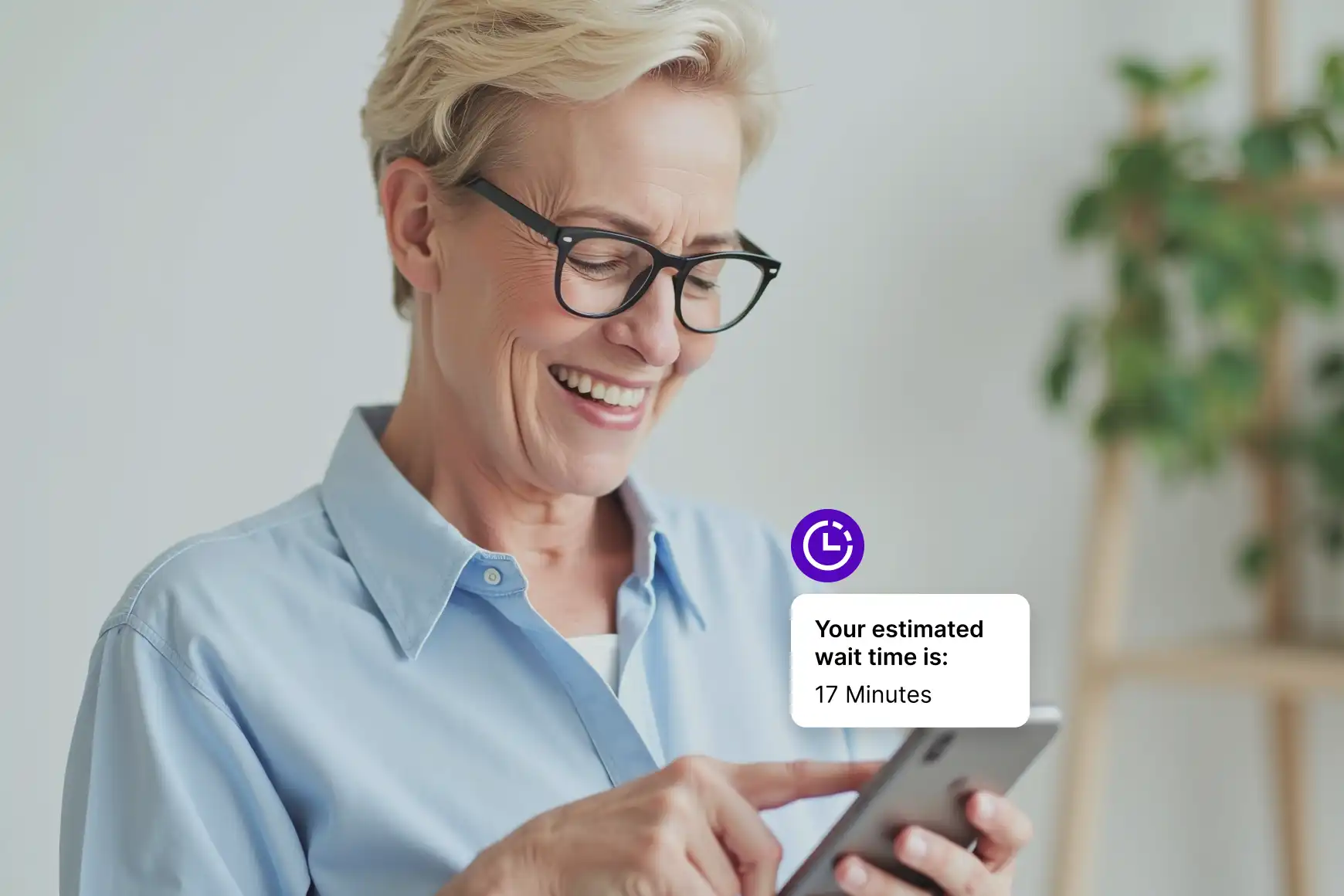How workplace culture affects, and is affected by, all aspects of the patient experience

By Burl Stamp
0 min read

Most healthcare organizations recognized long ago how important workplace culture is to delivering a consistent, exceptional patient experience.
Smart organizations don’t just pay attention to what happens in patient encounters; they focus on how care and services are provided by the care team.
But what about how aspects of service and patient experience affect employees’ perceptions of roles, work satisfaction, and ultimately the workplace culture?
Recently, I had a frustrating personal experience with an appliance repair company. Because of staff shortages, their first available appointment to even take a look at my refrigerator was a month out. Then they called the day before the appointment to say they’d have to reschedule. The first available date for a new appointment was another month away.
By the time I reached the customer service agent to reschedule, I was upset. And, of course, she was in the direct line of fire of my anger. Under the circumstances, she could not have been more courteous, apologetic, and empathic. But ultimately, she could do nothing to help me.
After a few minutes of venting, I calmed down and expressed regret for two things. “You seem like a very kind, professional person, and I’m sorry I blew up at you,” I said first. Then I added, “And I’m sorry you have such a difficult job and work within such a flawed process.”
“Thank you for being understanding,” she said. Then quietly admitted, “Yes, most days my job really sucks.”

Technology and processes can help or harm culture.
Exceptional customer experiences in any industry require solid processes, great technology to facilitate those processes, and well-trained staff working in a supportive workplace culture. When our processes and technology don’t work, it is the dedicated staff on their frontlines who hear about it. Imagine how the broken processes and technology that generated lots of customer anger made that poor customer service agent feel about herself, her job, and her company. That feeling, if shared widely across the team, can harm the culture and hamper efforts to provide a great patient experience.
Especially during the pandemic, dedicated healthcare professionals in contact centers have been in the direct line-of-fire of patients’ frustration, anger, uncertainty, and fear. In addition to supporting them in terms of how to effectively respond to tough conversations with patients and families, we owe them–not just our customers–solid technology solutions and processes that help make it easier for them to deliver the exceptional experience that all individuals deserve.

Empowering staff in healthcare contact centers.
Empowering staff with technology that elevates their conversations is vital. The right healthcare contact center technology can improve agent efficiency while reducing repetitive tasks and enabling personalized interactions with patients.
When a contact center agent automatically sees a patient’s health data, previous encounters, and context from their previous conversations and chatbot interactions they can understand and empathize with them more easily. That platform becomes a tool that supports a patient-centric culture.
Contact center agents are at a higher risk for burnout across all industries, but it’s especially true in healthcare. This makes agent coaching and empowerment important as ways to both mitigate the impact of turnover, as well as reduce it by connecting staff to the organization’s patient experience mission. If agents can get real-time support from an AI-powered knowledge base, plus timely and targeted coaching from supervisors, all based on what the patient says during the call, we can more quickly turn newer agents into experts. Leaders can also use tools to predict and preempt surges in call volume to reduce overwork. And gathering data from technology like speech analytics helps identify what is going well and what needs to be addressed across all patient conversations.
Putting frontline staff in a position to succeed when they interact with patients is critical – not just for powering a better patient journey, but for your workplace culture as well. In an industry where contact center agent burnout is a major challenge, we owe it to our staff and our organizations as a whole to make workplace culture a priority.






